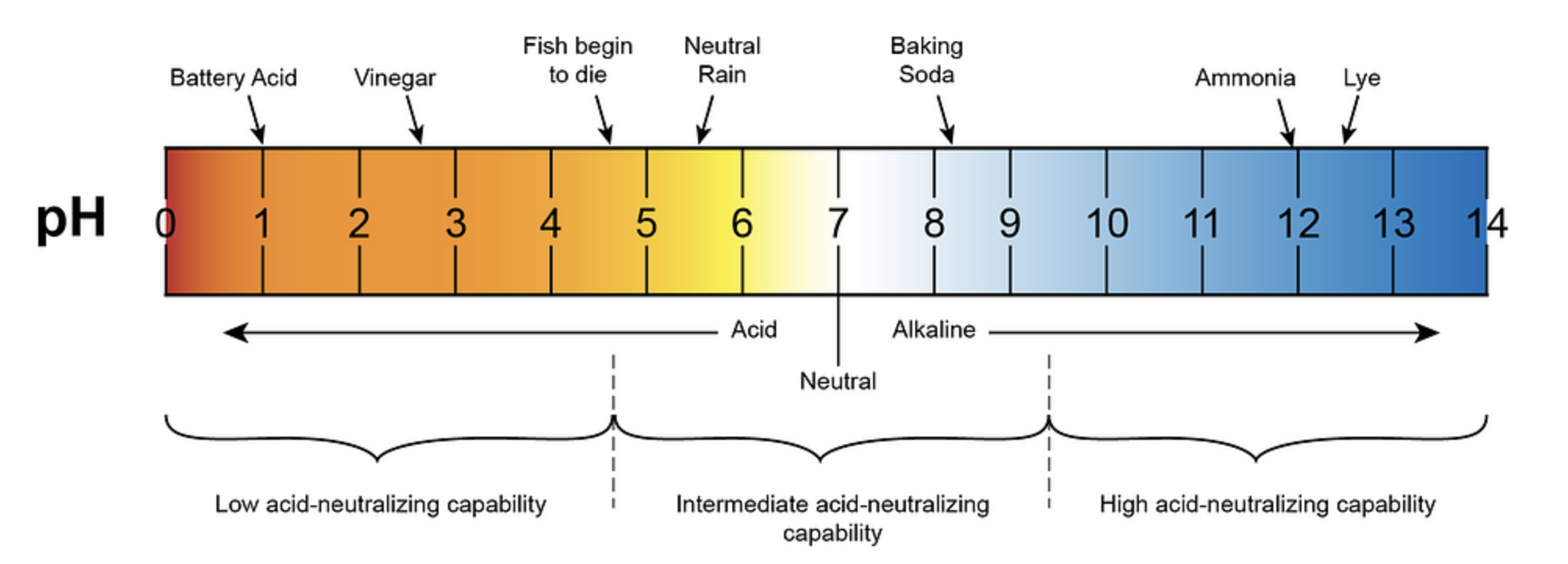The pH value of black coffee typically ranges from 5.0 to 5.03, making it mildly acidic. This acidity is a result of various organic acids present in the coffee, such as chlorogenic acid, citric acid, malic acid, quinic acid, acetic acid, phosphoric acid, glycolic acid, lactic acid, and formic acid. The acidity levels in coffee can be influenced by factors like roasting, grinding, and brewing methods.
Understanding the Acidity in Black Coffee
Black coffee’s acidity is a complex combination of organic acids that contribute to its overall flavor profile. While some people may find the acidity in coffee to be a desirable characteristic, others may find it uncomfortable or even harmful, especially for those with acid reflux or other digestive issues.
Factors Affecting the pH of Black Coffee
-
Coffee Beans: The type of coffee beans used can significantly impact the acidity levels. Some coffee beans, such as those from Brazil, have lower acidity levels than others, such as those from Kenya.
-
Roast Level: Darker roasts generally have lower acidity levels than lighter roasts. This is because the roasting process can break down some of the acidic compounds in the coffee.
-
Grinding: The grind size can also affect the acidity levels. A coarser grind can reduce the surface area of the coffee grounds exposed to water, which can reduce the extraction of acids.
-
Brewing Method: Different brewing methods can extract different levels of acids from the coffee. For example, cold brew coffee has lower acidity levels than hot brewed coffee.
Measuring the pH of Black Coffee
The pH level of coffee is not a reliable indicator of its flavor or quality. The acidity in coffee is a complex combination of organic acids, and the pH level is only one aspect of this. To accurately measure the pH of black coffee, you can use a digital pH meter or pH test strips.
Reducing the Acidity in Black Coffee
If you find the acidity in black coffee to be too high for your liking, there are several methods you can try at home to reduce it:
-
Choose Beans with Lower Acidity: As mentioned earlier, some coffee beans have naturally lower acidity levels than others. Experiment with different bean origins and roast levels to find the right balance of acidity and flavor.
-
Use a Coarser Grind: A coarser grind can reduce the surface area of the coffee grounds exposed to water, which can reduce the extraction of acids.
-
Opt for Darker Roasts: Darker roasts generally have lower acidity levels than lighter roasts.
-
Add Calcium-Containing Products: Adding milk or other calcium-containing products to your coffee can help neutralize the acids.
-
Try Cold Brew: Cold brew coffee has lower acidity levels than hot brewed coffee.
Conclusion
The pH of black coffee typically ranges from 5.0 to 5.03, making it mildly acidic. This acidity is a result of various organic acids present in the coffee, and it can be influenced by factors like roasting, grinding, and brewing methods. While the acidity in coffee is a complex characteristic that contributes to its overall flavor profile, some individuals may find it uncomfortable or even harmful, especially those with acid reflux or other digestive issues. By understanding the factors that affect the pH of black coffee and experimenting with different methods, you can find the perfect balance of acidity and flavor that suits your personal taste preferences.
References:
- Byju’s. (n.d.). The pH of milk, black coffee, tomato juice, lemon juice and egg white are 6.8,5.0,4.2,2.2 and 7.8 respectively. Retrieved from https://byjus.com/question-answer/the-ph-of-milk-black-coffee-tomato-juice-lemon-juice-and-egg-white-are-6/
- Seven Mountains Coffee. (n.d.). What is The PH of Coffee? Retrieved from https://sevenmountainscoffee.com/blogs/news/what-is-the-ph-of-coffee
- Clifford, M. N., Heydenreich, A., & Whitfield, F. B. (2020). Acids in brewed coffees: Chemical composition and sensory threshold. Journal of Agricultural and Food Chemistry, 68(33), 9090-9101. doi:10.1021/acs.jafc.0c01732
- Verena Street. (n.d.). What is Coffee Acidity? Impact on Taste, pH Levels & More. Retrieved from https://www.verenastreet.com/blogs/all-about-coffee/what-is-coffee-acidity
- Mokafe. (n.d.). What Is The PH Of coffee? | Acidic or Alkaline? Retrieved from https://www.mymokafe.com/post/what-is-the-ph-of-coffee

